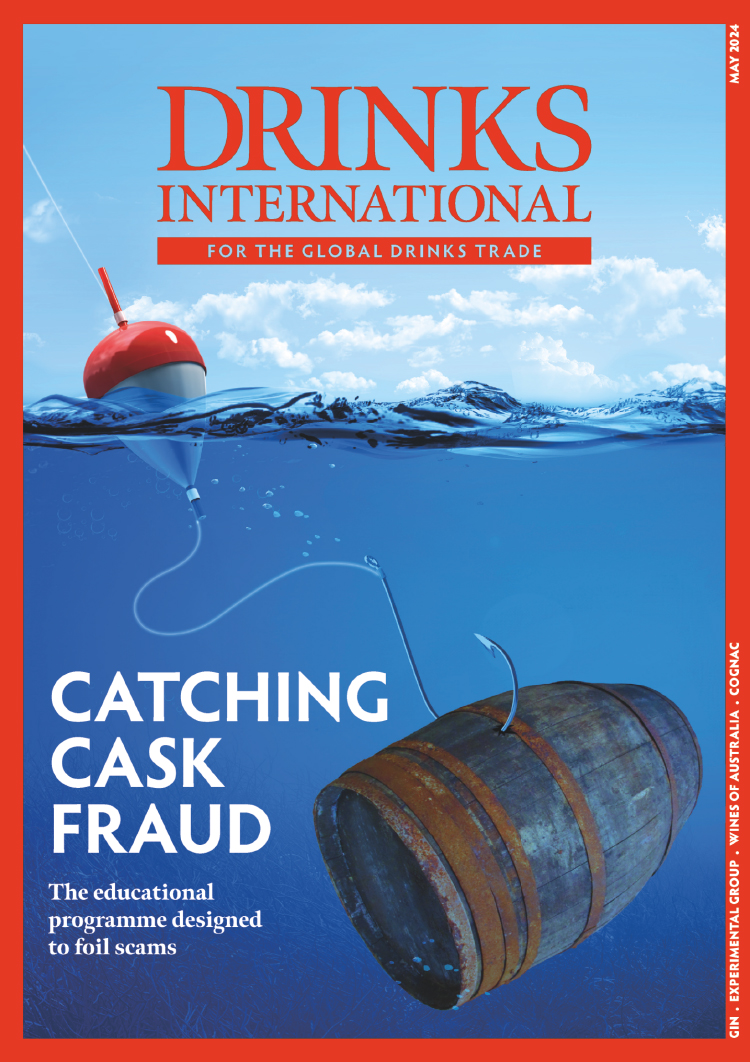In this case, the whimsical story concerns Ardbeg, LVMH’s Islay single-malt distillery, and news of the results of its latest bizarre, but evidently successful (it made the national news after all) publicity stunt: a space-aged whisky.
That the newsreader finds the story’s merit to be somewhat questionable is detectable in the slightest change in his tone as he explains how Ardbeg had dispatched a vial of its whisky to the International Space Agency in 2011 to see how zero gravity would effect its ageing.
But you can tell his real contempt is reserved for the tasting note the distiller provided. You can almost hear the dismissive raised eyebrow as he reads: “Its intense aroma had hints of antiseptic smoke, rubber and smoked fish, along with a curious, perfumed note, like violet or cassis, and powerful woody tones, leading to a meaty aroma.”
And who could blame him for finding it absurd? The note may be accurate, but it sounds closer to an aromatic description of a fatal collision between a fishing trawler and a florist than of something you might put in your mouth.
Listening to this I’m reminded again of how low both the media and the general public’s tolerance is for outlandish wine or (in this case) whisky talk.
From James Thurber’s oft-quoted 1944 New Yorker cartoon where the wine snob talks approvingly of a “naïve domestic Burgundy, but I think you’ll be amused by its presumption”, to the wags who placed surrealist mock-ups of shelf-talkers featuring descriptors such as “bitter clown’s tears with a hint of suspicion” in the wine aisle of a Tesco in London last summer, pretentious tasting notes have been an easy satirical target for years. Yet, despite the ridicule, the tasting note has never been more widespread.
Drinks journalists (including me) are, of course, responsible for much of the verbiage. But producers are no less prolific: no matter how perfunctory, a tasting note is now effectively mandatory.
It’s a development that seems to baffle those producers. As a wine-importer friend said to me: “It would be very interesting to know if anyone has ever bought a wine based on a back-label tasting note. I mean, who really goes: “This one tastes of blackcurrant. I love blackcurrants, I’ll buy it!’”
It would be more effective, he went on, to use the space to provide some useful facts, explaining, for example, where, how and by who the wine was made, and the foods it works with, rather than piling up the adjectives.
I understand where he’s coming from: the best examples of back-labels are those that put the drink in context. But no matter how skilled the copywriter, it’s hard to make the dry facts read like anything other than a mini academic essay. The tasting note is an opportunity to inject a little personality, a little fun, into proceedings.
As such, it’s far better to risk ridicule with outlandish adjectives and metaphors than trot out a bland line about smoothness or crispness. Indeed, for those drinks producers who can’t afford to send their drink into space (ie, pretty much everyone), it’s one of the few ways of standing out.


